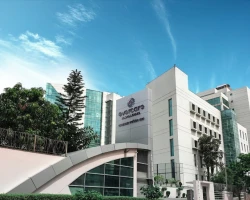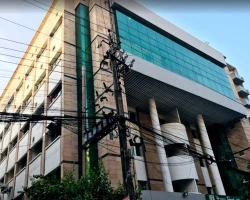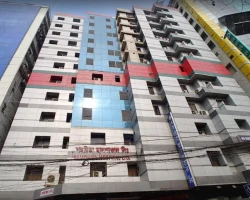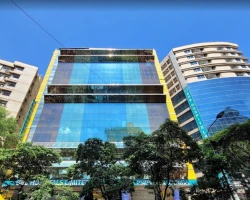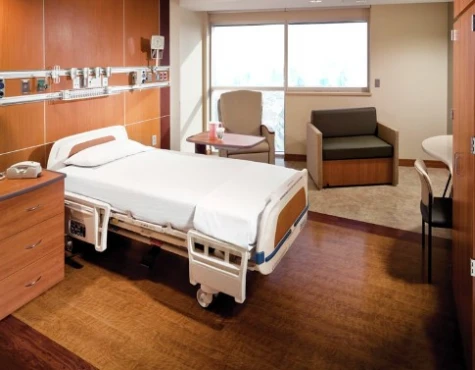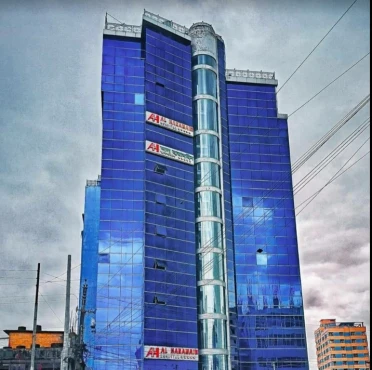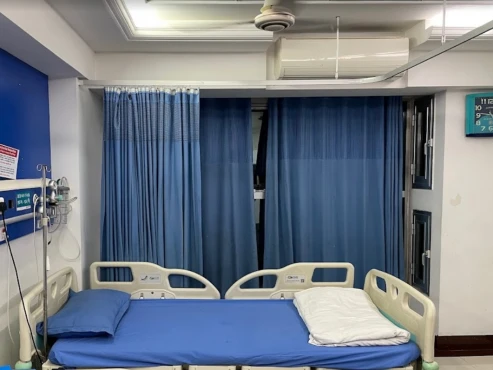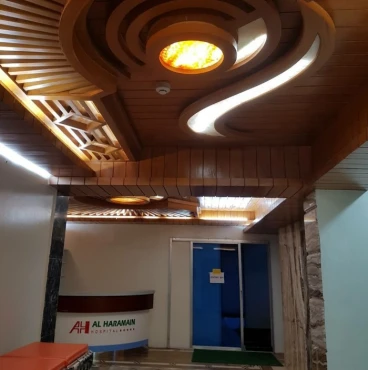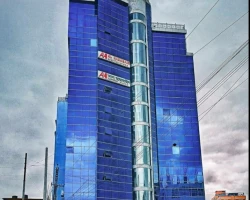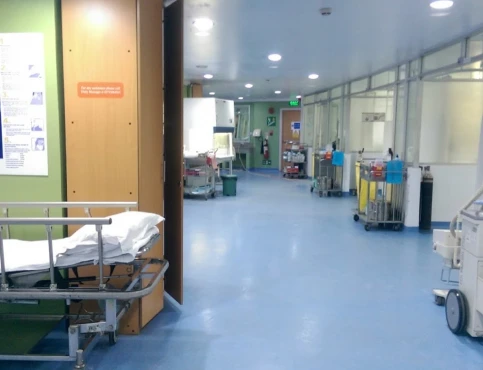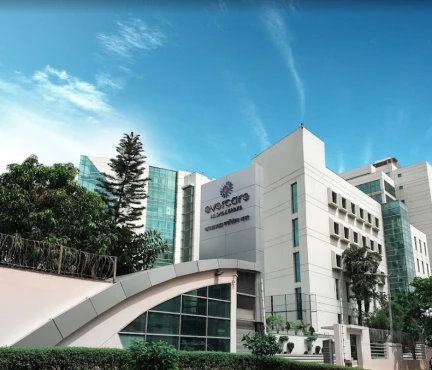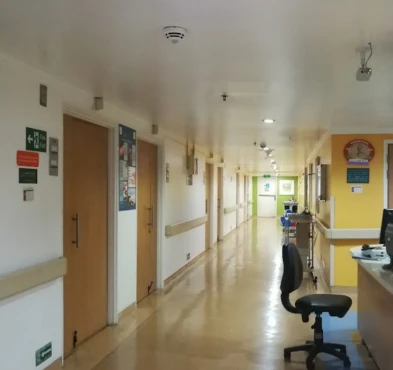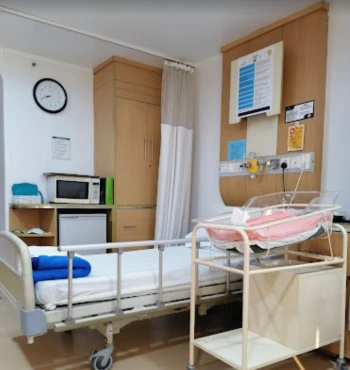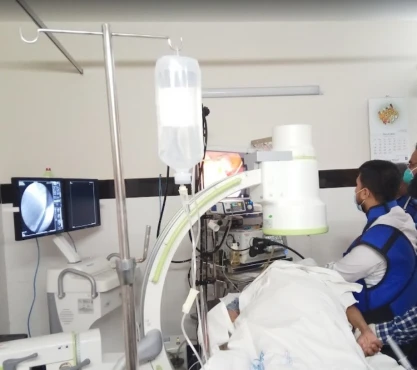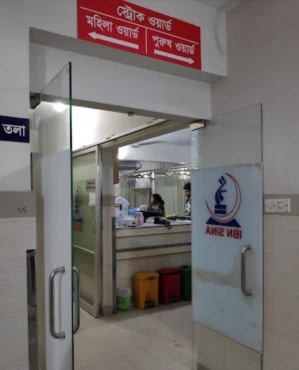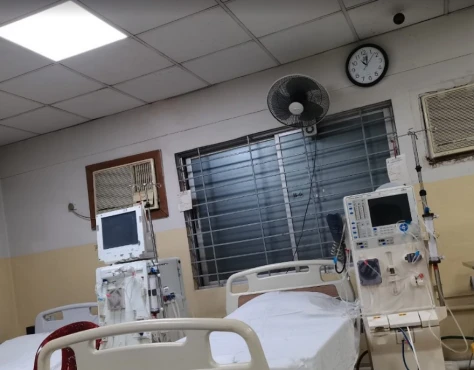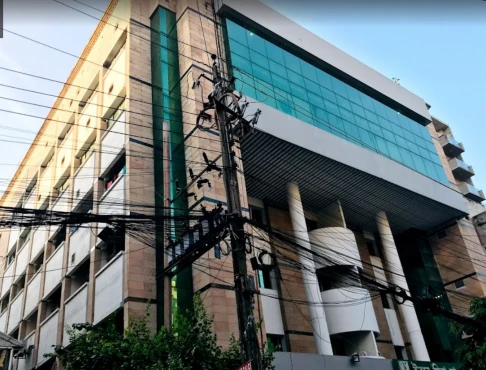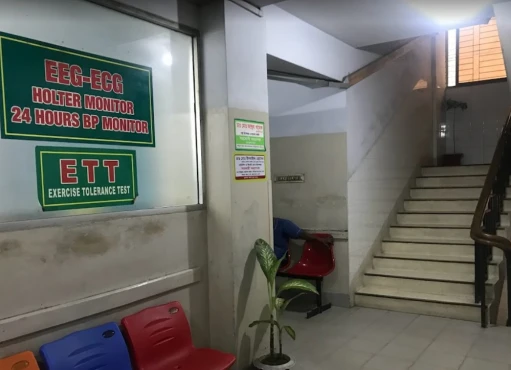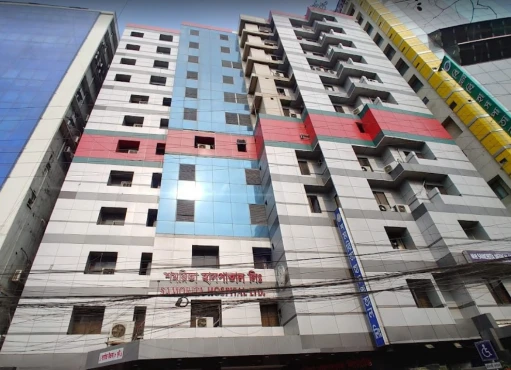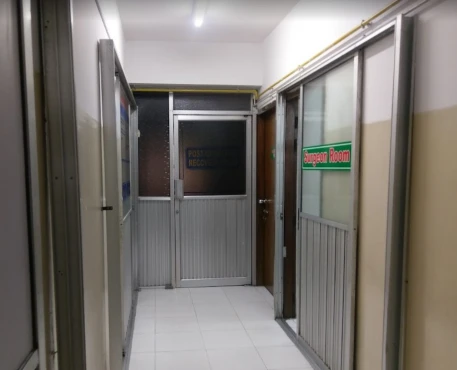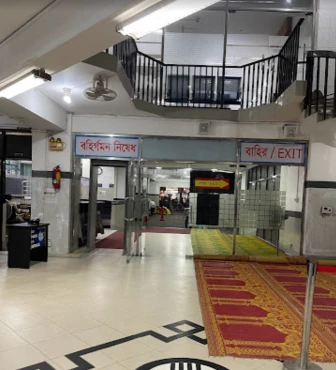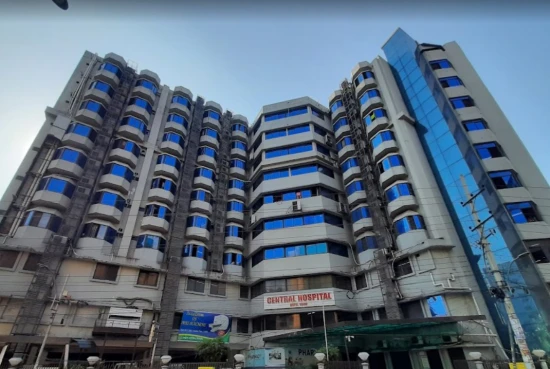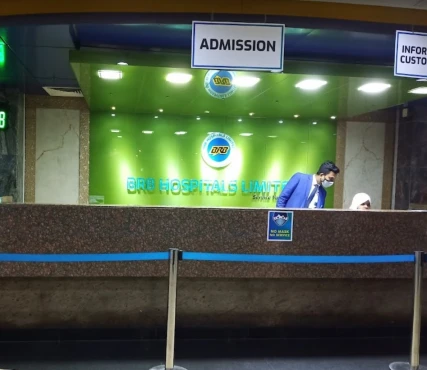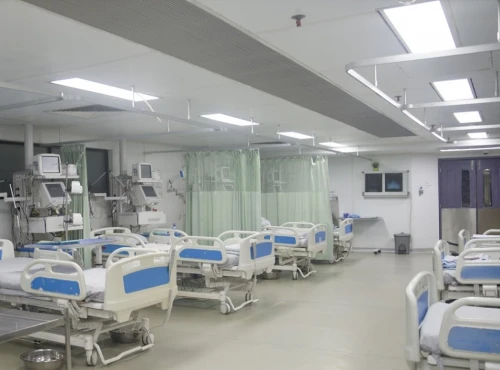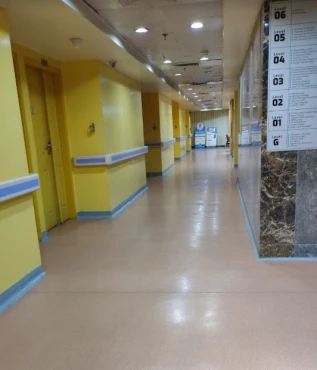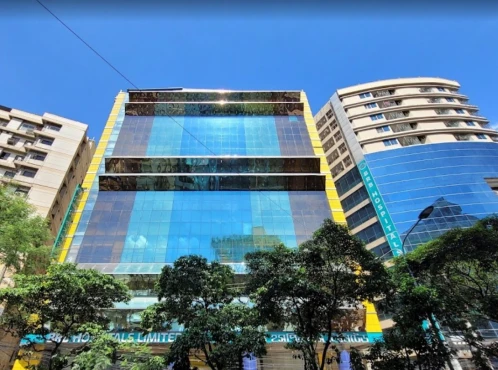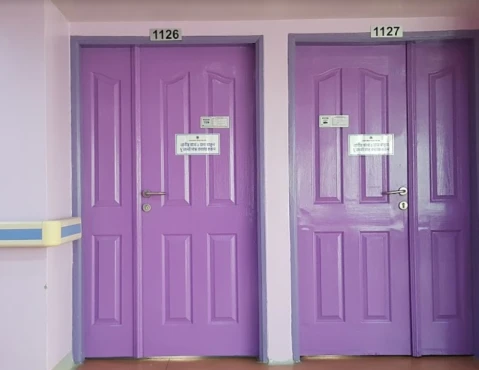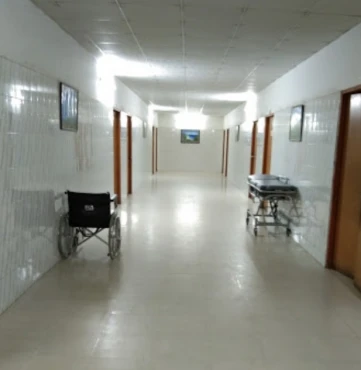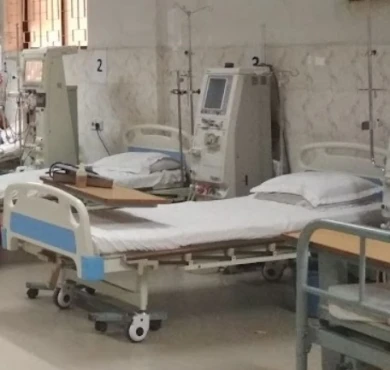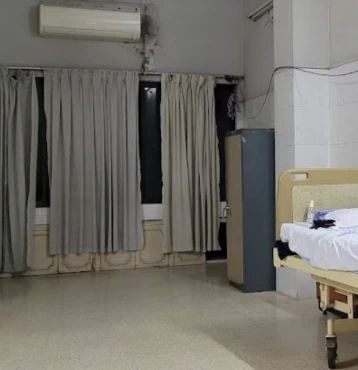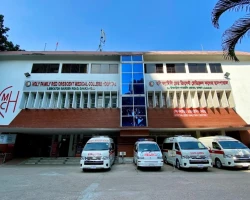from Zakir Hossain
July 28, 2023
I heard a lot about this hospital, but I think the service is average. But it is true that many good and experienced doctors do chambers here. But there is also a flip side to the coin of this hospital. A few days ago, after the death of a patient and her neonates under the care of Dr. Songjukta Saha, various irregularities and sufferings of the hospital have come to the fore. And many are opening up their suffering experience about this. Therefore, we all have to be more conscious about the treatment of the family and decide the hospital and doctor.
Finally, it is very costly, beyond the capacity of average income people.
from sadeed hossain
June 03, 2023
A galaxy of optimist with committed vision put their thinking-caps on to enter into the mystery as to why patients, even with minor complaints, even with minor complaints, prefer assessment and treatment abroad. A through and searched discussion over the matter led them to conceive the idea of establishing an ideal Health Service Complex – that shall be – By HIS GRACE – singled out as a center of excellence in the service of the needy and suffering humanity. Thus CENTRAL HOSPITAL LIMITED came into existence.
To their belief, Health is a basic right of all members in the society and recognition of this right is the obligation of the Authority and the health service providers.
OUR VISION AND MISSION
Ensure modern consultation and dependable investigation.
Ensure proper assessment and administer accountable treatment coupled with laudable and exemplary care and services.
Ensure sustainability of the Health services.
Provide required environment support.
Provide services at a reasonable price.
At the cross-roads of an embryonic transition of the country’s Health Care Services, Government has meanwhile introduced Health Policy’98 with a view to addressing the need for health Care services for all segments of the population regardless of cast and creed.
Central Hospital Limited is also aiming at comprehensive Medicare Services through its humble efforts complimenting the policy priority of the Government.
The Central Hospital made rooms for highly skilled professionals with their variable experiences and specialization in respective areas. The company was incorporated in 1991. Bangladesh Shilpa bank, amongst other, has made an investment of sizeable amount as long term loan in this venture.
The complex is located at a point where Dhanmondi Road # 5 meets the Green Road. This has got all the prospects of an ideal Health Centre. Having foundation structure for 12 storied building on their own land, the complex has been built up to 6-Storey at the moment. Each floor covering approximately 10,500 square feet offers a hygienic and spacious area. Whole complex has been well furnished with imported medical Equipment, Instruments & Medical grade beds.
The striking feature of the complex is its Corporate set-up with a unique conglomeration of professional skills supported by sound financial standings.
Appropriate Health care service
from Lucky sheikh
May 05, 2022
Service, Doctors are very qualified and experienced. Stuffs are also very well mannered. Floors are neat and clean, have big space. But from outlook to inside its really beautiful, design is also so excellent.
We have come here for second time with same problem, Gallbladder stone and Harnia.
Its a very good hospital for new born babies. Facilities for babies, support and services are best to treat from here. Worth to every penny. I highly recommend this hospital and doctors
